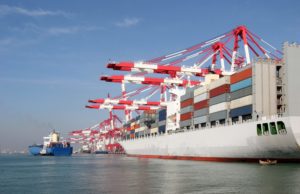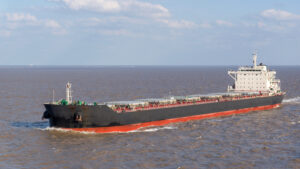
Dry cargo shipowners warn that cargo liquefaction remains greatest contributor to deaths in dry bulk sector.
The International Association of Dry Cargo Shipowners (Intercargo) warns against “complacency” as cargo liquefaction still remains the greatest contributor to loss of life associated with bulk carrier losses, while grounding remains the main cause of ship losses.
In its recently published bulk carrier casualty report 2013-2022, Intercargo highlights that four bulk carrier casualties, which led to the loss of 70 lives, occurred as a result of cargo liquefaction. In the four cases were loaded with nickel ore, while in one was loaded with bauxite.
The report clarifies that “there is no room for complacency” as major incidents involving loss of life are still occurring.
The report highlights that between 2013 and 2022, 26 bulk carriers of more than 10,000 deadweight tonnes (dwt) were reported lost, with the tragic loss of 104 seafarers’ lives.
Statistics for 2022 alone show the loss of two bulk carriers, one due to a collision and the other from losing power and sinking in rough seas, with a loss of 12 seafarers from these incidents.
In terms of ship losses, grounding was the most common reported cause between 2013 and 2022, accounting for 12 bulk carriers lost (46.2%), with various other causes including problems with machinery and equipment.
The document was submitted to IMO in May, ahead of the 9th session of its Sub-Committee on Implementation of IMO Instruments, which takes place at the IMO from 31st July to 4th August, and has a key role in casualty analysis and issuing lessons learned from marine incidents.
The casualty report provides 10-year information on bulk carrier casualty statistics, looking at trends in casualties in terms of both loss of life and loss of ships, drilling down into the size and age of vessels as well as Flag State performance.
Operations Manager Xianyong (Joe) Zhou, said that while the report highlights that improvements are being made in safety, there is still clearly more to do to make shipping safer.
“We must continue to learn how we can best protect the lives of seafarers as well as the vessels and their cargo from damage and loss,” he noted.


